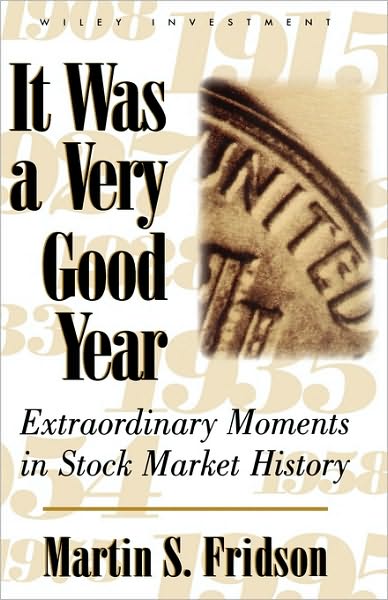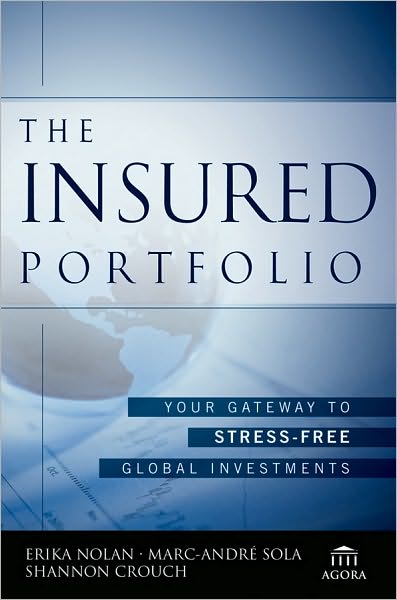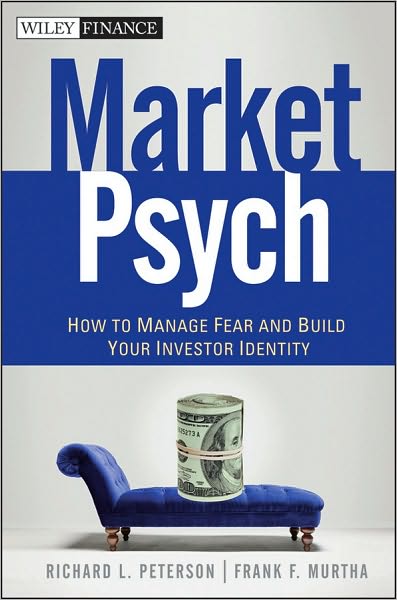Multiple Account Management
I’m enjoying the preparations more as I make steps toward opening my business.? Today’s actions were ordering business cards, and sending out an RFP to firms that could be custodians/clearing brokers.? The latter of those two actions will prove to be important.
It is difficult to be a start up RIA.? Most custodians don’t want to deal with you unless you have something above $8 million, or even $35 million.? Yet, they are crucial to managing assets, because they provide security to investors, so that the investment advisors cannot misappropriate funds.? If Bernard Madoff had had a third party custodian, he would never have been able to defraud investors.
Now, my objective is to manage a large number of accounts such that they are broadly similar to the model account, which is my account.? I eat my own cooking.? Anyone investing alongside me should know four things:
- I have made a commitment to investors to keep at least 50% of my liquid net worth in my strategies.? For me that should be easy, at present, that amount is over 80%.
- I want all accounts, leaving aside differences for reasons of tax and ethical constraints, to get the same performance.? On any given day, when I trade for multiple accounts, all of my clients, including me, will get the exact same price.? It’s only fair.
- I am trying to minimize net cost for my clients; services that have no value for them I eliminate.? I aim for clarity in pricing, and so I plan to avoid soft dollars.? If I need resources, I will buy them myself.
- This also offers the possibility for small accounts (my minimum is $100,000) to get good execution and the equity markets.? But that brings up another issue: when talking about this to a friend of mine who wants to invest with me, he said, “But what if someone gives you a small amount of money?? Will you go out and buy a share here and share their in order to match your portfolio in percentage terms?”
That last one made me think.? In the short run, my solution would be to buy Spyders, and wait until I have enough critical mass from another capital contributor to do another group trade.? That might worsen the dispersion performance somewhat, but I don’t want my clients to be hurt by high commissions in order to enforce low dispersion.? The same issue would appear if someone wanted to withdraw a small amount of money.
I looked down on a lot of ideas that would allow me to run portfolios in such a way that I would have discretion in allocating trades.? Fairness is paramount.? Unless you can assure people that no one is getting an unfair advantage or disadvantage for your management, you’ll not be able to last as a manager in the long run.
Audits and Pseudo-Audits
I’m currently reading a book called, The Last of the Imperious Rich. Sometime in the next few months, you should see a review of it here.? But as I was on the train to New York, as I read about the part where one of the Lehmans met Goldman and Sachs, I commented, ?So that?s who Goldman and Sachs were.?
That started a conversation with the fellow sitting next to me.? It turned out that he was an accountant who dealt with registered investment advisors.? He told me that he was doing attestations for a number of his registered investment advisor clients.? I asked him what an attestation was, and he told me that it was verifying the accuracy of the performance figures of an RIA, but not to the level of GIPS level two, and certainly not level of a full forensic audit.
So I asked him how much the attestation cost, and it was remarkably reasonable.? So, my question to readers is this: how much credibility would you put into an accountant attesting to the accuracy of the performance figures that I have put forth, but not to the degree of a full audit?
Another way to think of it is this: clients have access to all my brokerage statements, together with a file that I have put together that reconciles all of them.? Personally, I think having the third-party look over my shoulder is valuable.? Even if you think I am an honest man, having someone else look over the figures, even if they are just comparing my brokerage statements and the Excel file that I produce is still valuable because it is another set of eyes looking at it.
One more question to all of my readers: are there other areas in separate account management where you think that if investment advisors might be unfair?? If so, please list them in the comments, because I am interested in knowing about that.
Again, thanks to my readers, who have been very helpful to me in the past.




